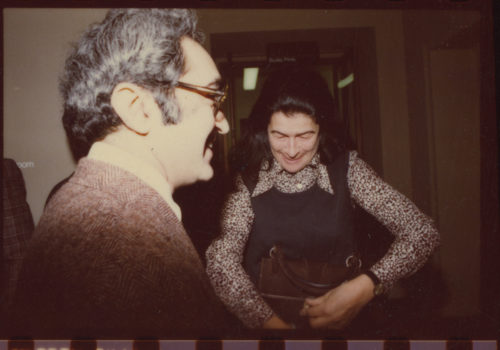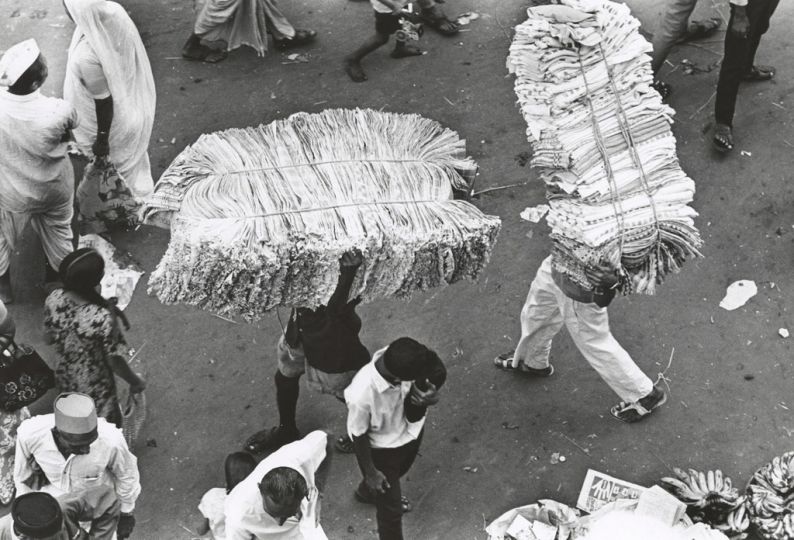Bhupendra Karia was schooled in Bombay, did graduate work in Japan, married Mary Anne from Boston, settled in New York City. Their son Timir is now living in Amsterdam.
He met Cornell Capa after sending him a letter quoted here in part: “I learned about your extremely good work: “The Concerned Photographer” through Life Magazine’s Asia Edition (August 5, 1968). Through books and magazines obtainable here in India I had seen some of the beautiful work of Werner Bischof but it was a cherished dream to see a selection (small number as it was) of other photographers–all the men I respect for their greatest merit: being good human beings. I intensely believe that good art is the product of a good man. …”

















